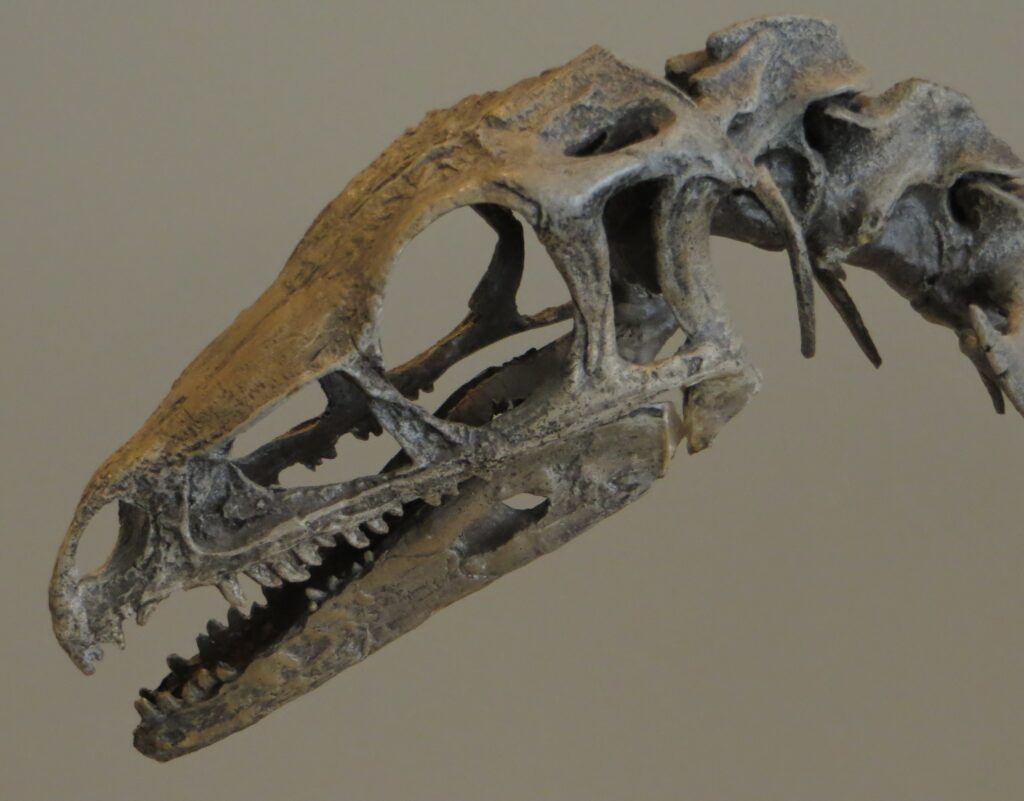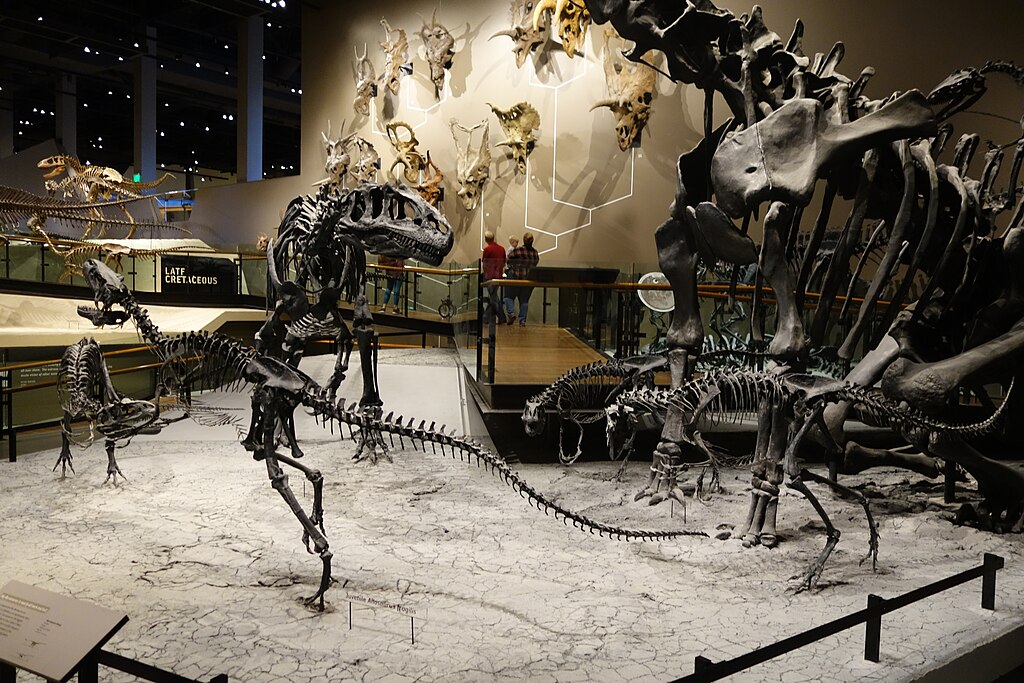The discovery of a fossilized dinosaur bone protruding from sun-baked earth can trigger an intellectual tug-of-war between private fossil hunters and institutional museums. This contentious debate over who should rightfully own and control ancient fossils has intensified in recent decades as commercial fossil hunting has become more sophisticated and financially lucrative. At its core, this dispute balances individual rights against the collective advancement of science and the preservation of cultural heritage. Both sides present compelling arguments based on their perspectives about ownership, access to knowledge, and the proper stewardship of these irreplaceable windows into Earth’s distant past. This ongoing tension forms a complex intersection of science, commerce, law, and ethics that continues to shape paleontological practice worldwide.
The Historical Context of Fossil Collection

The history of fossil hunting stretches back centuries, with early collectors often being wealthy amateur naturalists who built private cabinets of curiosities. The 19th century witnessed the famous “Bone Wars” between paleontologists Othniel Charles Marsh and Edward Drinker Cope, who competed fiercely to discover and name new dinosaur species across the American West. This competitive atmosphere established both scientific and commercial precedents in paleontology. Museums began systematically collecting fossils during this period, building institutional collections accessible to researchers and the public. The historical development of paleontology reflects a gradual shift from private collection toward institutional stewardship, though private collecting never disappeared. This evolution provides important context for contemporary debates, as many practices and legal frameworks were established during eras with fundamentally different scientific and ethical standards than today’s.
Commercial Fossil Hunting Today

Modern commercial fossil hunting has evolved into a sophisticated industry with high financial stakes. Professional fossil hunters employ advanced technologies and techniques to locate, excavate, prepare, and sell specimens to collectors, corporations, and sometimes museums. The market for premium specimens has exploded, with notable examples like “Sue” the T. rex selling for $8.3 million in 1997 and “Stan” fetching $31.8 million in 2020. These astronomical prices have intensified collecting activity, particularly in fossil-rich regions with limited regulations. Commercial hunters argue they drive discovery by exploring areas museums lack resources to search, rescuing specimens that might otherwise erode unnoticed. They maintain that financial incentives motivate the difficult, specialized work of finding and carefully extracting fossils. Critics counter that the profit motive encourages hasty extractions that may damage specimens or destroy crucial contextual information about the surrounding geology and associated fossils.
The Scientific Argument for Institutional Ownership
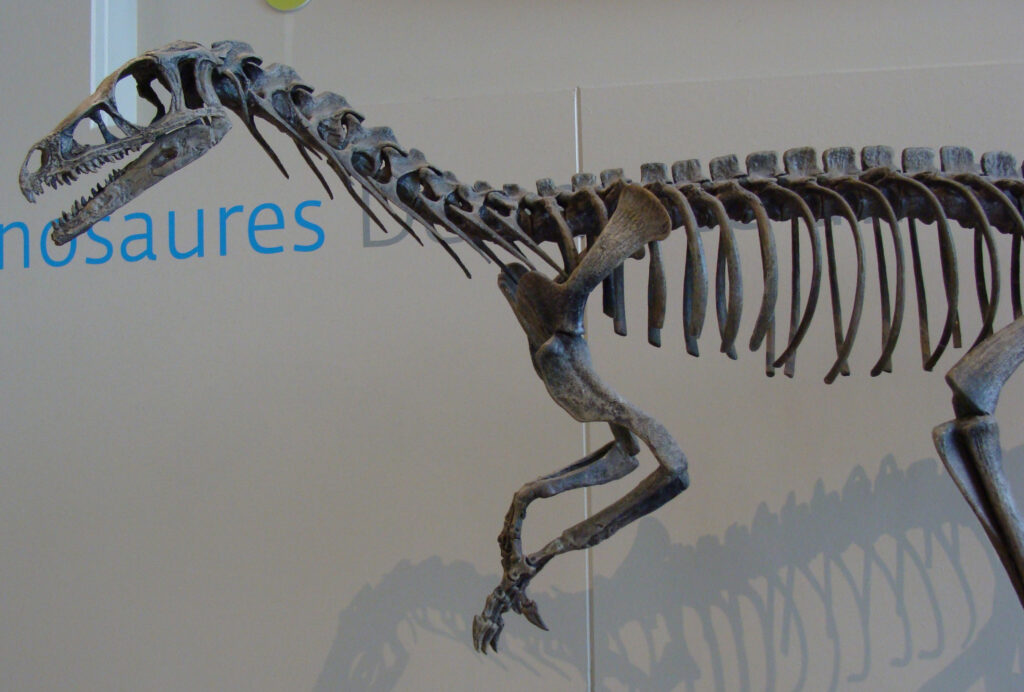
Scientific institutions present compelling arguments that fossils of scientific significance belong in public museums and university collections. When fossils remain in institutional settings, they become available to researchers worldwide who can study, analyze, and reanalyze specimens as new technologies and theories emerge. This accessibility facilitates scientific advancement through the peer-review process and enables verification of claims through direct examination of evidence. Museums maintain careful documentation of specimens’ geological context, associated fossils, and exact discovery location—information often lost when fossils enter private markets. Additionally, proper scientific study frequently requires destructive sampling for isotope analysis, thin-sectioning, or DNA extraction, which private owners may be reluctant to permit. Museums employ specialized conservation techniques to preserve specimens for future generations and maintain stable environmental conditions that prevent degradation, capabilities that most private collectors cannot match.
Legal Frameworks Governing Fossil Ownership
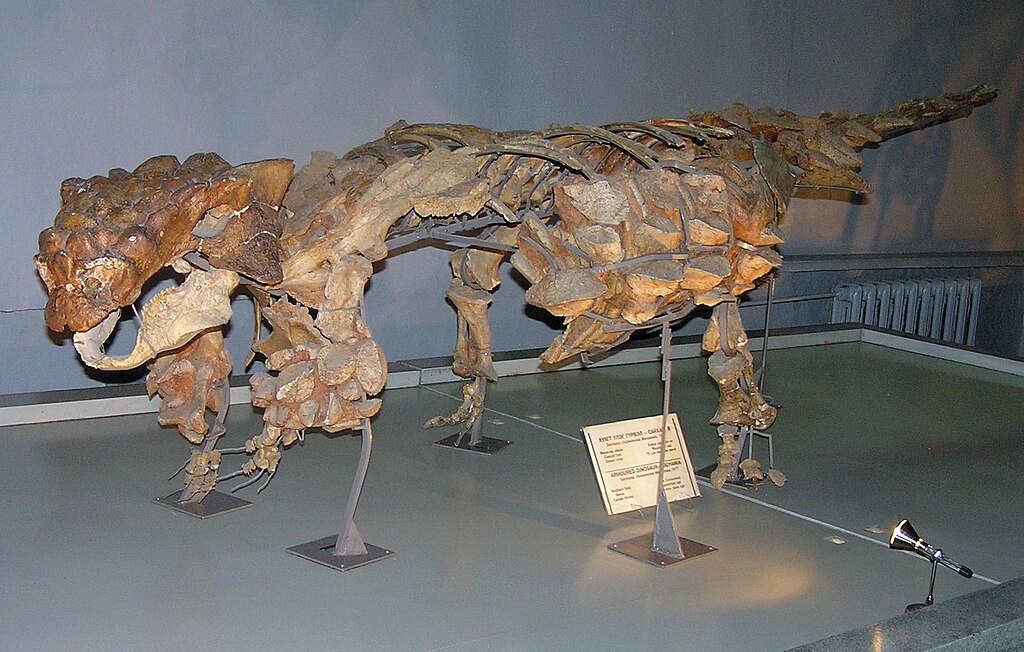
Fossil ownership laws vary dramatically worldwide, creating a complex patchwork of regulations. In the United States, fossils found on private land typically belong to the landowner, who can sell or keep them as they wish, while those discovered on federal lands legally belong to the public and must be reposited in approved institutions. Countries like Argentina, China, and Mongolia have declared fossils national property regardless of where they’re found, making their export illegal. These national patrimony laws have led to high-profile repatriations, including the return of a smuggled Tarbosaurus bataar skeleton to Mongolia after it appeared at a New York auction. Enforcement challenges abound as fossils cross international borders through legal gray areas and black markets. The inconsistency between jurisdictions creates difficulties for ethical collectors and museums while enabling exploitation by those willing to circumvent regulations. Legal scholars increasingly advocate for international agreements similar to those protecting archaeological artifacts to standardize fossil protection globally.
The Economic Reality of Institutional Collecting
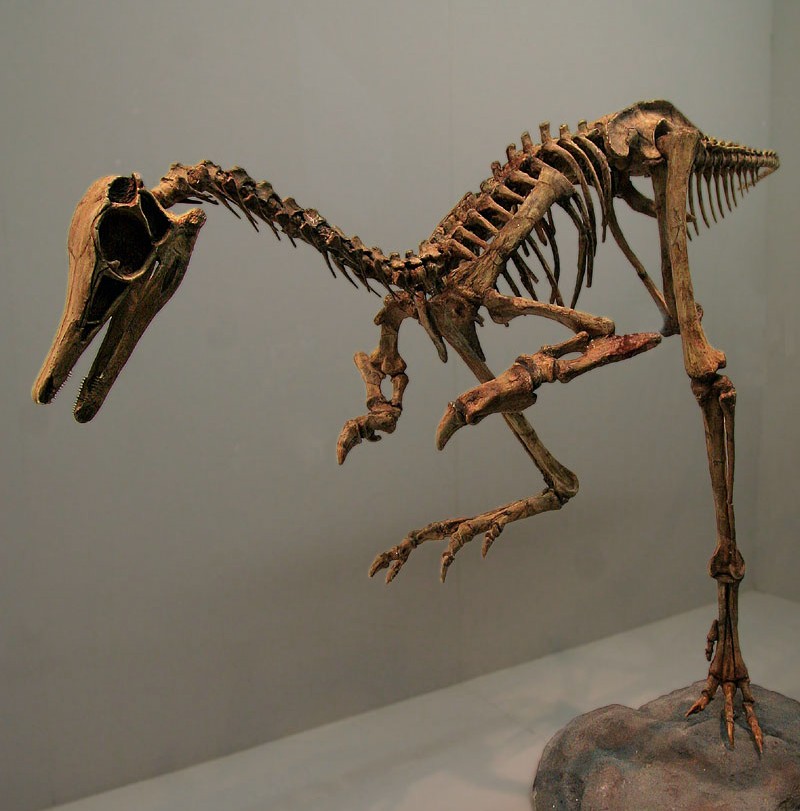
Museums face significant financial constraints that limit their fossil collecting capabilities. Limited budgets for field expeditions, preparation staff, and acquisition funds mean many institutions cannot compete with commercial prices or maintain a continuous presence in fossil-rich regions. The high costs of proper preparation, conservation, storage, and display stretch museum resources thin, often forcing difficult choices about which projects to pursue. Many museums now rely on donations from private collectors or partnerships with commercial fossil hunters to acquire significant specimens they couldn’t otherwise afford. This economic reality has fostered a symbiotic relationship where some commercial collectors work closely with scientists, though tensions remain. Some institutions have developed innovative funding models, including “adoption” programs where donors support specific excavations or preparation work. The financial challenges highlight a fundamental question: if institutions cannot afford to recover all scientifically significant fossils, is commercial recovery better than potential loss to erosion?
The Educational Value Perspective
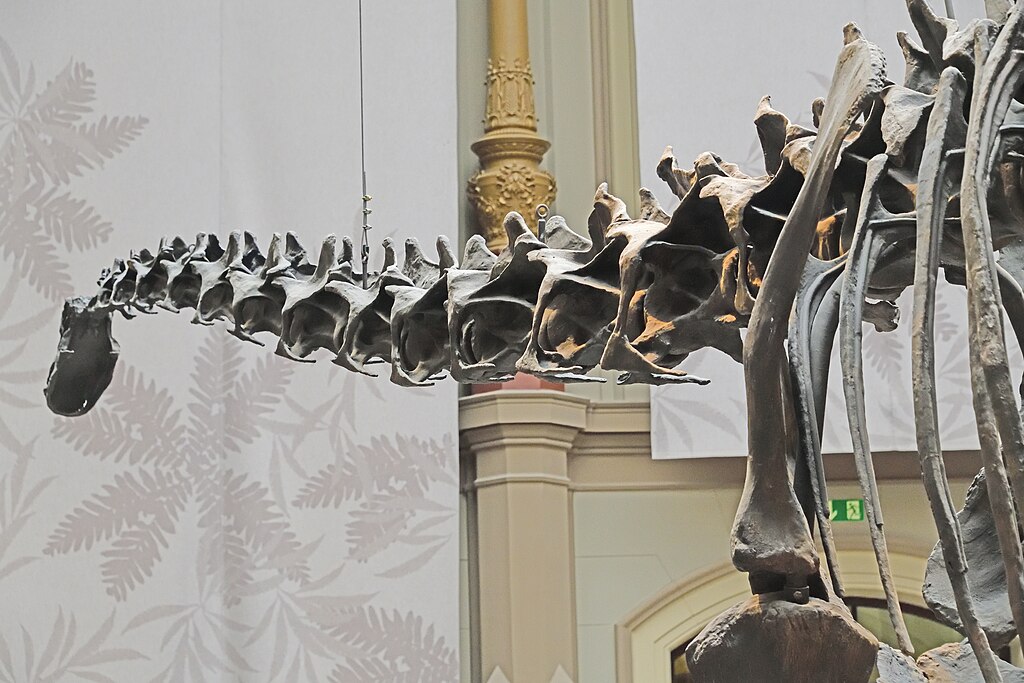
Both museums and private collectors advance arguments about how their preferred ownership model best serves educational purposes. Museums provide unparalleled public access through exhibits visited by millions annually, offering educational programming that contextualizes fossils within broader scientific understanding. These institutions develop curriculum materials, host school groups, and train future paleontologists, maximizing educational impact across socioeconomic boundaries. Private collectors counter that they often share their collections with local schools, community groups, and regional museums that might never receive specimens from major institutions. Some establish private museums or teaching collections that reach audiences in areas underserved by larger institutions. The proliferation of commercially collected fossils has also made educational-grade specimens available to schools and individual learners worldwide. The educational debate extends to questions about inspiration—whether seeing a perfect museum specimen behind glass inspires differently than handling a personally discovered fossil fragment, with both experiences potentially sparking scientific curiosity in different ways.
Cultural Heritage and Indigenous Perspectives
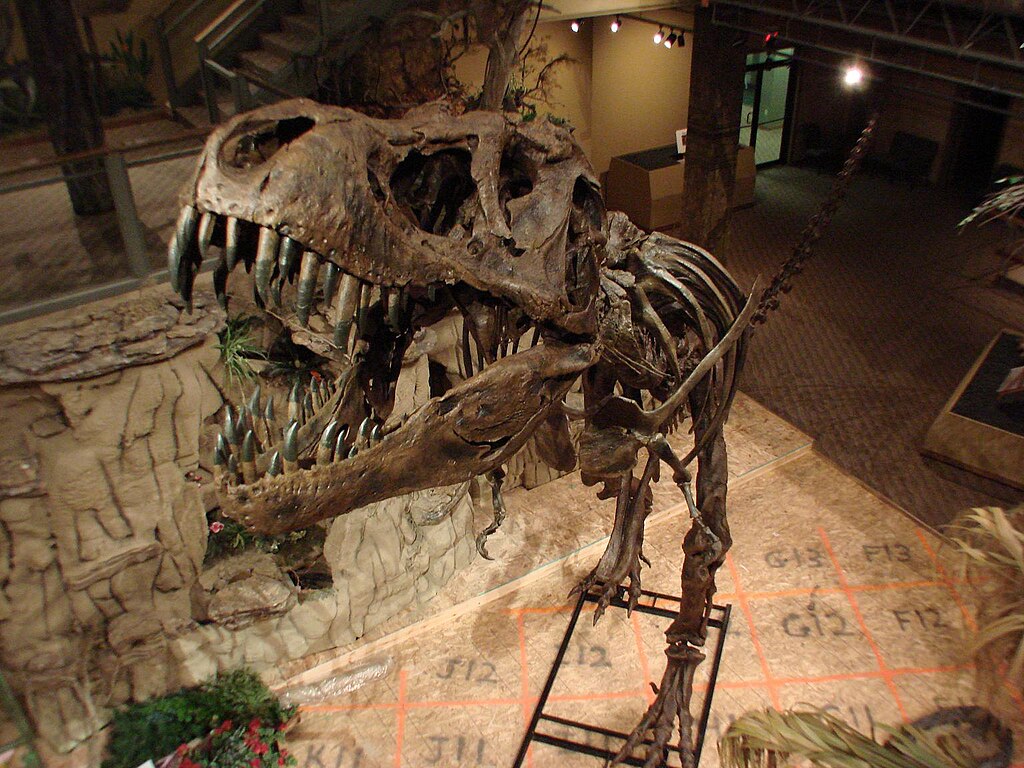
Fossils represent significant cultural heritage for many indigenous communities worldwide who have developed their relationships with and understandings of these ancient remains. Some indigenous groups consider fossils part of their ancestral heritage and traditional knowledge systems, deserving protection and respect rather than commercial exploitation. The Blackfeet Nation in Montana, for example, considers dinosaur remains as part of their sacred landscape with cultural significance beyond scientific classification. In Australia, Aboriginal communities have integrated fossils into Dreamtime stories that explain landscape formation. Indigenous perspectives often emphasize contextual relationships between fossils and their environment rather than their value as isolated specimens. These cultural heritage considerations add another dimension to ownership debates, suggesting that local and indigenous communities should have significant voices in determining fossil disposition. Some collaborative models have emerged where museums work with indigenous communities to co-manage collections and incorporate traditional knowledge into interpretations.
The Middle Ground: Collaborative Models

Innovative collaborative approaches have emerged, attempting to balance competing interests in fossil ownership debates. Public-private partnerships where commercial collectors work alongside scientists have produced remarkable discoveries with both scientific documentation and financial sustainability. The Judith River Dinosaur Institute exemplifies this model, conducting rigorous scientific excavations while offering participation opportunities for paying volunteers. Some regions have implemented permitting systems where commercial collectors must document finds professionally and offer first rights of purchase to museums before selling specimens on the open market. Fossil preparation labs in museums sometimes employ commercial preparators who bring technical expertise developed in the private sector. Digital scanning technology presents another compromise, allowing private specimens to be scientifically documented through detailed 3D models accessible to researchers worldwide, even as the physical specimen remains in private hands. These collaborative models suggest the possibility of stakeholder approaches that recognize and accommodate diverse interests in paleontological heritage.
Ethical Considerations in Fossil Collection

Ethical dimensions of the fossil ownership debate extend beyond legal frameworks to deeper questions about responsibility to science and future generations. Professional paleontological organizations have developed codes of ethics emphasizing scientific documentation, contextual information preservation, and institutional repositing of scientifically significant specimens. The Society of Vertebrate Paleontology has taken strong positions advocating against private ownership of vertebrate fossils with scientific importance. Ethical questions arise regarding market forces that may incentivize fossil poaching from protected lands or countries with export restrictions. Critics argue that high-profile commercial auctions legitimize and increase demand for fossils that may have been collected or exported through questionable channels. Conversely, ethical commercial collectors maintain they follow best practices in documentation while making discoveries that would otherwise remain buried. The ethics conversation has evolved beyond simple private-versus-public dichotomies to nuanced considerations of stakeholder responsibilities and the development of ethical frameworks that acknowledge both scientific and commercial realities.
The Preservation Argument
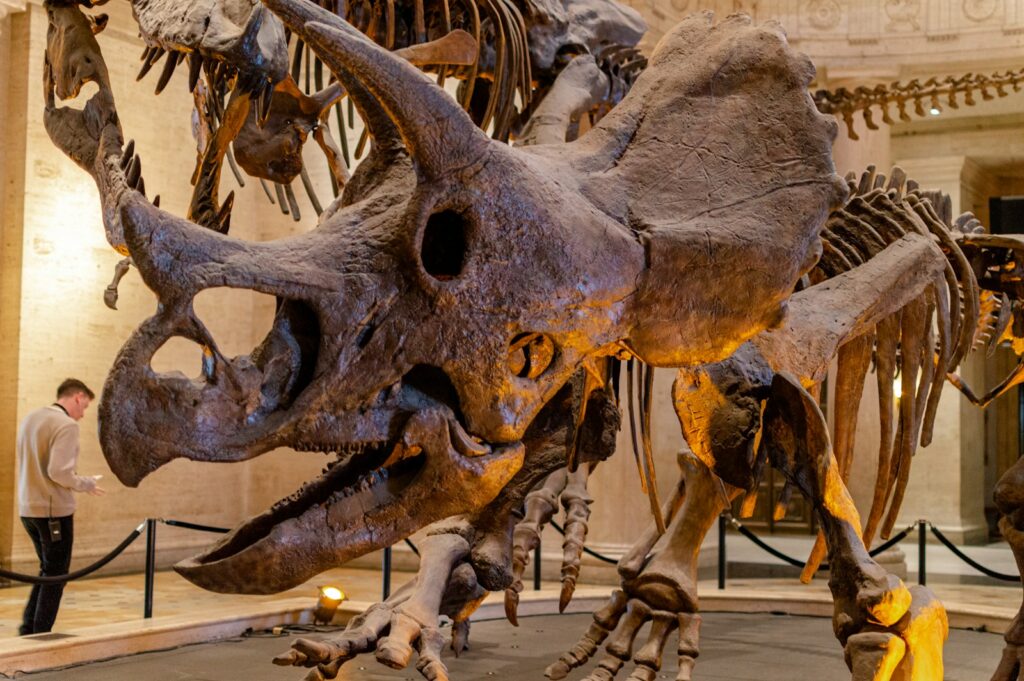
Fossil preservation considerations introduce practical dimensions to ownership debates beyond philosophical positions. Natural erosion constantly exposes and destroys fossils worldwide, with far more specimens weathering away than could ever be collected by all museums and commercial hunters combined. This reality leads some to argue that commercial collection, even with imperfect scientific documentation, rescues specimens that would otherwise be lost forever. Proponents of this view suggest the perfect should not be the enemy of the good when it comes to preservation. Institutional advocates counter that proper preservation extends beyond mere collection to include stabilization, preparation techniques that don’t damage scientific information, appropriate storage conditions, and documentation systems that maintain contextual information across generations. Some geologists argue that certain fossils should remain in situ as part of geological heritage sites, preserved in their natural context. The preservation debate ultimately hinges on questions of prioritization—whether quantity of specimens saved or quality of scientific information preserved should take precedence.
Case Studies of Controversial Discoveries

Several high-profile fossil discoveries highlight the practical complexities of ownership disputes. The Dueling Dinosaurs—a remarkable specimen showing an apparent predator-prey interaction between a Tyrannosaurus and Triceratops—remained scientifically unstudied for years while caught in ownership disputes before finally being acquired by the North Carolina Museum of Natural Sciences. “Sue,” the Tyrannosaurus rex, became the center of a complicated legal battle involving the FBI, the landowner, the fossil hunters who discovered her, and multiple claiming parties before being auctioned to Chicago’s Field Museum. In Morocco’s phosphate mines, commercial fossil hunting has revealed countless scientifically important marine reptiles and mosasaurs, but often with minimal documentation of stratigraphic context. The controversial auction of a juvenile Tyrannosaurus skeleton (later determined to be a different genus) raised questions about selling potentially unique specimens before scientific description. These cases demonstrate that when valuable specimens emerge, the theoretical arguments about ownership transform into practical challenges requiring case-by-case resolution.
Public Opinion and Media Portrayal

Public understanding of fossil ownership debates is heavily influenced by media representations that often simplify complex issues. Films like “Jurassic Park” introduced millions to paleontology but sometimes reinforced stereotypes of fossil hunters as adventurers rather than scientists. Television documentaries frequently dramatize the discovery process while giving less attention to the meticulous scientific work that follows. News coverage of high-profile fossil auctions emphasizes record-breaking prices without exploring deeper questions about scientific access. Social media has created new platforms for fossil hunters and museums alike to share discoveries and perspectives, sometimes fostering productive dialogue but also enabling misinformation about legal and scientific aspects of paleontology. Public opinion surveys suggest most people support the idea that scientifically important fossils should be in museums, yet also appreciate the passion of private collectors. This tension reflects broader societal values regarding individual rights versus common heritage. Museums increasingly recognize the need for effective public communication about why institutional preservation matters, moving beyond assumptions that its value is self-evident.
Future Directions and Potential Solutions

Emerging approaches to fossil ownership disputes suggest potential paths toward resolution that acknowledge legitimate interests on all sides. Digital technology offers possibilities for creating comprehensive 3D documentation of privately held specimens, potentially preserving scientific information even when physical specimens remain in private hands. Some jurisdictions are exploring legislative models that distinguish between common fossils and those with special scientific significance, applying different ownership rules to each category. Registration systems similar to those used for archaeological artifacts could be adapted for paleontological specimens, creating transparent documentation of provenance. Expanded funding for museum acquisition programs would enable institutions to compete more effectively for important specimens while compensating discoverers fairly. Education initiatives for landowners, amateur collectors, and the public about scientific significance and best practices could foster more responsible collecting across all sectors. Stakeholder coalitions, including scientists, commercial collectors, landowners, and indigenous representatives, have shown promise in developing community-based approaches to managing fossil resources in specific regions. These evolving solutions suggest the possibility of moving beyond entrenched positions toward collaborative stewardship models.
Conclusion: Balancing Science, Commerce, and Heritage

The question of who should own ancient bones defies simple answers, reflecting fundamental tensions between individual rights, scientific advancement, and cultural heritage preservation. Both museums and responsible private collectors make valuable contributions to paleontological discovery and education, suggesting that dogmatic positions fail to serve the ultimate goal of understanding Earth’s past. The fossil record’s vastness ensures there will always be more specimens than any single sector could recover, emphasizing the potential benefits of pluralistic approaches that maintain scientific standards while acknowledging practical realities. Moving forward requires developing frameworks that preserve crucial scientific information, respect cultural significance, provide reasonable economic incentives for discovery, and maximize educational impact. While legal structures vary by jurisdiction, ethical principles of documentation, context preservation, and accessibility can guide practice across boundaries. Perhaps the most productive question is not who should own ancient bones, but rather how all stakeholders can ensure these irreplaceable witnesses to prehistoric life fulfill their potential to educate, inspire, and illuminate our understanding of Earth’s remarkable history.

